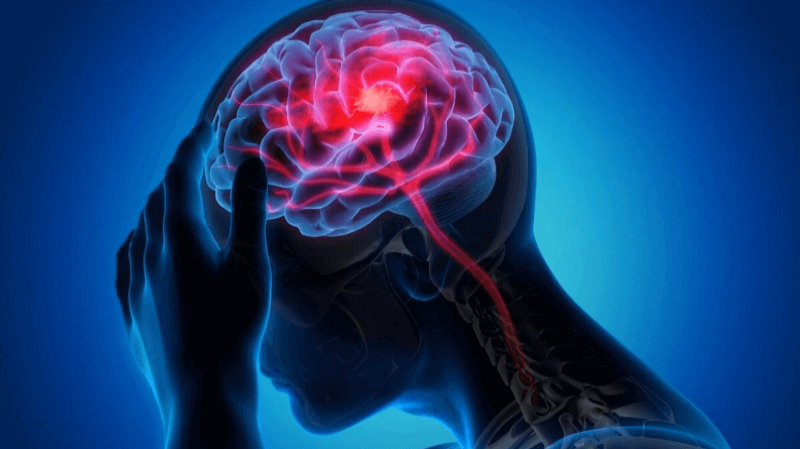Preventing a brain stroke, or cerebrovascular accident, is crucial because strokes can have serious, lasting impacts on physical and mental health. Leading institutions like Sir HN Reliance Hospital Mumbai specialize in stroke prevention and treatment. Many of the risk factors associated with strokes can be controlled or managed through lifestyle changes and regular health check-ups. Here are practical steps to help reduce your risk of experiencing a stroke.
1. Maintain a Healthy Blood Pressure
High blood pressure is a leading cause of strokes, as it can damage blood vessels and increase the likelihood of clots. Regularly monitoring blood pressure and keeping it within a healthy range (generally below 120/80 mm Hg) can significantly reduce stroke risk. Reduce sodium intake, maintain a healthy weight, limit alcohol, and follow a diet rich in fruits, vegetables, and whole grains to keep blood pressure in check.
2. Exercise Regularly
Regular physical activity promotes heart health and aids in managing weight, blood pressure, and cholesterol levels, all of which are essential for stroke prevention. Aim for at least 30 minutes of moderate exercise, such as brisk walking, swimming, or cycling, on most days of the week. Even incorporating more movement into your daily routine, like taking the stairs or doing active household chores, can make a difference.
3. Control Cholesterol Levels
High cholesterol can lead to the buildup of fatty deposits in blood vessels, reducing blood flow to the brain. Choose a diet low in saturated fats, red meats, and processed foods, and rich in fiber, fruits, and lean proteins. In some cases, medication may be necessary to control cholesterol levels, so consult with a healthcare provider for regular monitoring.
4. Quit Smoking
Smoking damages blood vessels, raises blood pressure, and promotes clot formation, all of which increase stroke risk. Quitting smoking can rapidly reduce these risks and improve heart and brain health. Even secondhand smoke exposure can elevate stroke risk, so it’s wise to avoid smoking environments entirely.
5. Limit Alcohol Intake
Excessive alcohol consumption can increase blood pressure and raise stroke risk. Limit alcohol intake to one drink per day for women and two drinks per day for men to minimize these risks.
6. Manage Diabetes
Diabetes increases stroke risk by contributing to blood vessel damage. Maintaining balanced blood sugar levels, a healthy diet, regular exercise, and following prescribed treatments can help manage diabetes effectively and reduce stroke risk.
7. Recognize Atrial Fibrillation (AFib)
AFib is an irregular heartbeat that can lead to blood clots in the heart, increasing the risk of stroke. Symptoms include palpitations, fatigue, and shortness of breath. If you have AFib, consult your doctor for effective treatment and monitoring.
By making these lifestyle adjustments and regularly consulting healthcare professionals, you can significantly lower your risk of stroke and protect your long-term health.


